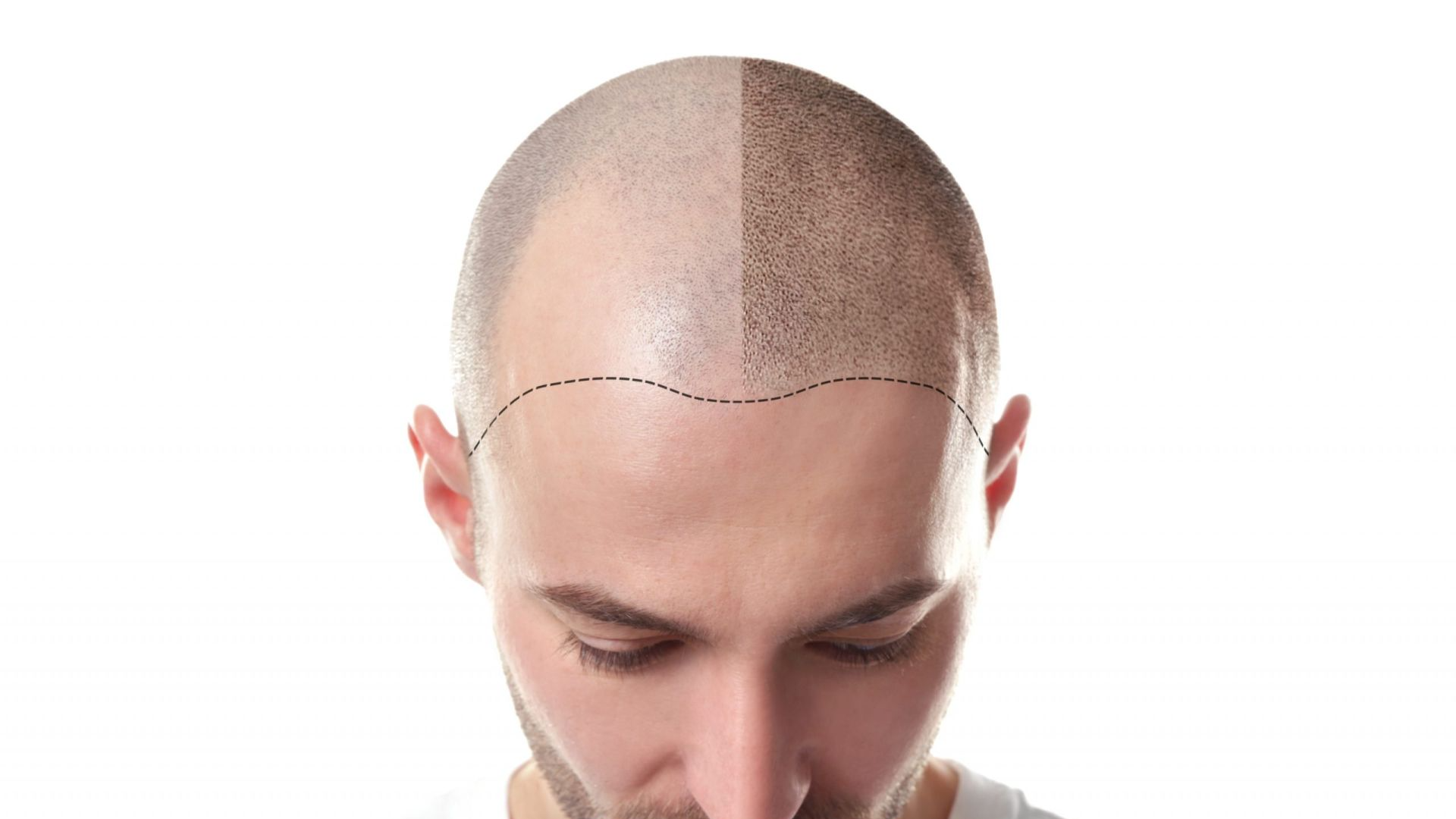
SMP is a non-surgical cosmetic procedure. Nevertheless, it is minimally invasive; thus, the SMP healing process lasts for a few weeks. It is about applying special pigment to the scalp, like tattooing, to make hair look denser and hide baldness. This procedure, also called hair tattooing, is generally more effective for those experiencing hair fall or thinning, as complete baldness requires a hair transplant.
After the procedure, the patient has many questions regarding SMP scalp care. They want to know what to do and what not to do. Aftercare for scalp micropigmentation is important, as it helps ensure better results.
After the procedure, the patient has many questions regarding SMP scalp care. They want to know what to do and what not to do. Aftercare for scalp micropigmentation is important, as it helps ensure better results.
Here are what scalp micropigmentation technicians professionals must be telling patients about scalp micropigmentation aftercare:
Days 1-4:
Days 5-9:
Day 10 onwards:
Although these are primary recommendations, one should avoid using harsh shampoos and standing under hot showers for about a month.
Further, it is worth knowing that some individuals may need multiple sessions to achieve desired results. Some individuals require touch-ups or adjustments. Hence, they would also need more prolonged aftercare.
Although SMP is not a hair transplant, it can still make the hairline look fuller. It is a non-invasive procedure, and aftercare can help ensure long-lasting results.
Patients often ask how long SMP can last. Generally, SMP can last for several years, providing a semi-permanent solution to hair loss. How long SMP lasts would depend on the kind of pigment chosen, skin type, and depth of pigment placement. Additionally, lesser exposure to sunlight may also prevent SMP from fading.
Following these aftercare recommendations can ensure that SMP does not fade early, resulting in better and lasting results.
Further, it is worth knowing that some individuals may need multiple sessions to achieve desired results. Some individuals require touch-ups or adjustments. Hence, they would also need more prolonged aftercare.
Although SMP is not a hair transplant, it can still make the hairline look fuller. It is a non-invasive procedure, and aftercare can help ensure long-lasting results.
Patients often ask how long SMP can last. Generally, SMP can last for several years, providing a semi-permanent solution to hair loss. How long SMP lasts would depend on the kind of pigment chosen, skin type, and depth of pigment placement. Additionally, lesser exposure to sunlight may also prevent SMP from fading.
Following these aftercare recommendations can ensure that SMP does not fade early, resulting in better and lasting results.


